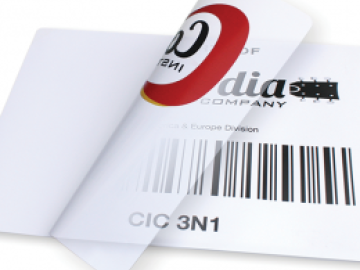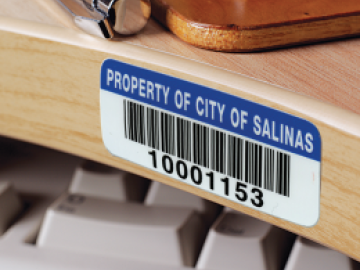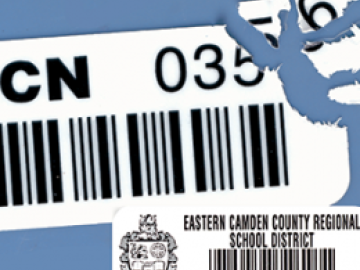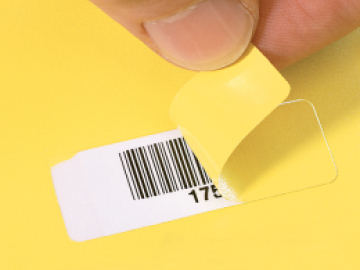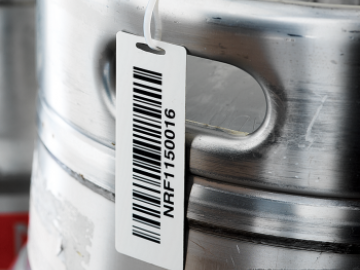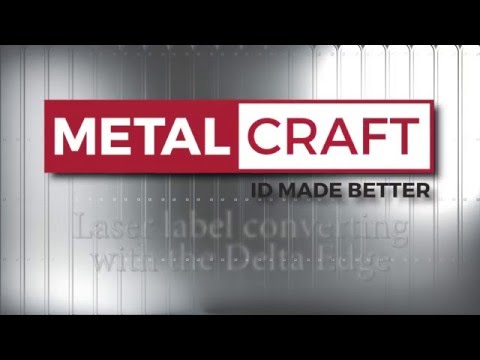Designed for a variety of applications, versatile plastic labels are pliable enough to conform to curved surfaces and durable enough to resist caustics, solvents and mild abrasion. Combined with our subsurface printing, our process protects your brand, copy and barcode against wear.
Our plastic labels are extremely versatile and range from high end print quality for high volume branded products and access control needs to destructible and tamper evident labels. Our plastic labels can conform around any challenge.
Our DASH Program was developed to supplement our superior plastic labels with service for those who need labels immediately, proving a 2-day label option when anything less won't keep your business running smoothly. Tag and label options that better meet your needs? That's ID Made Better.®
Explore Plastic Labels
With Metalcraft’s Thermalmark Labels, you have the flexibility to have pre-printed labels that can then be customized on-site with more print information. The subsurface printing creates a durability for your sustaining information (like logo and brand)without the added cost of lamination.
Applications for Metalcraft plastic labels include labels for windshields, cables, containers, racks, destructible, metalized, tamper evident and so much more! All feature superior readability and most can be customized to your environment.
We’ve intelligently partnered with customers like you to build a repertoire of solutions, including making a label destructible. Our Destructible Labels tear apart if they are attempted to be removed. This deters theft or unauthorized asset transfer.
Resisting paint to the point of easily removing or by using a paint mask are yet more options in our plastic label solutions.
Discover the versatility of plastic tags in so many applications—from hang tags, parking passes and pallet tags to key fobs, wristbands and bale tags.
From The Asset Tracking Blog
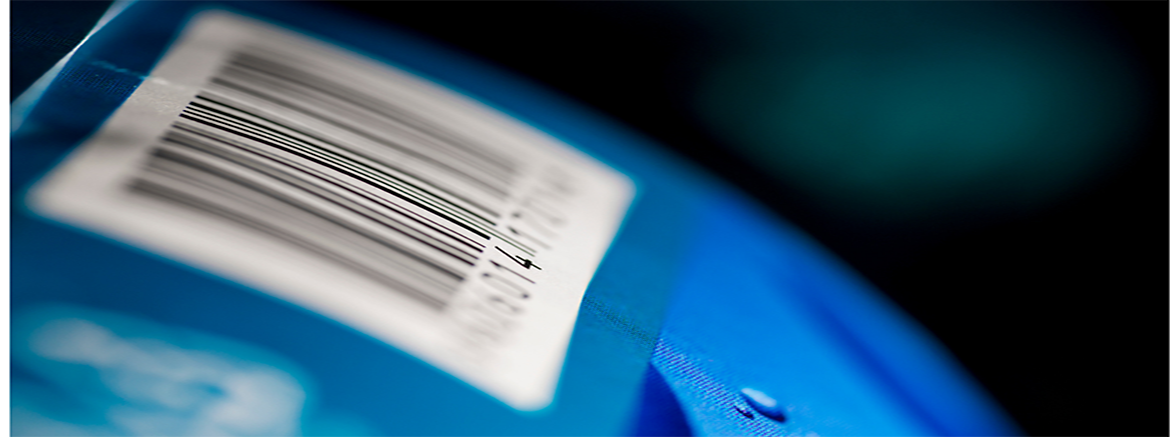
Introduction to Barcode: 1D and 2D Barcode Symbologies
Barcodes come in many forms, but do you know how a barcode works? Our introduction to barcodes spells out the basics to help you make the best choice for your application.
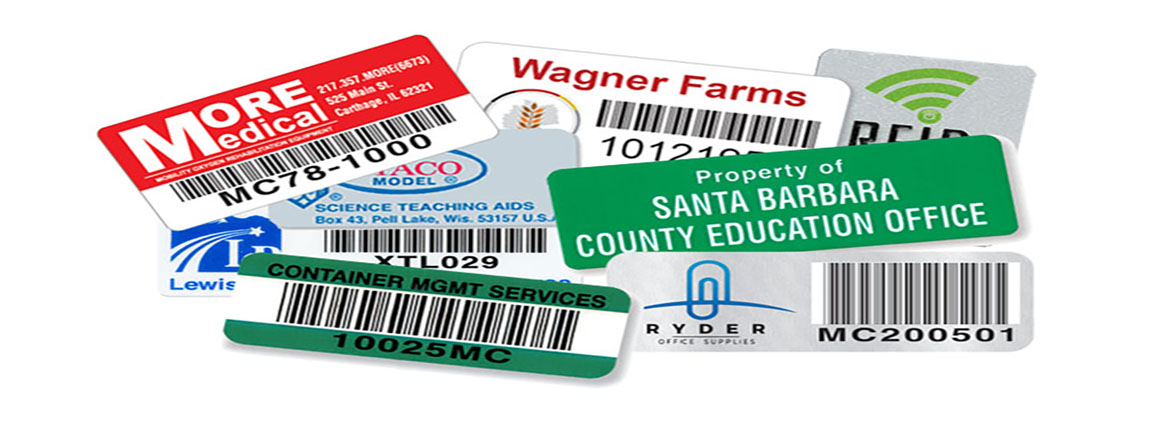
Stickers vs. Asset Labels: What's The Difference?
While stickers and asset labels have many similarities, if you are looking for a durable option with a long life span, an asset label is the clear winner.
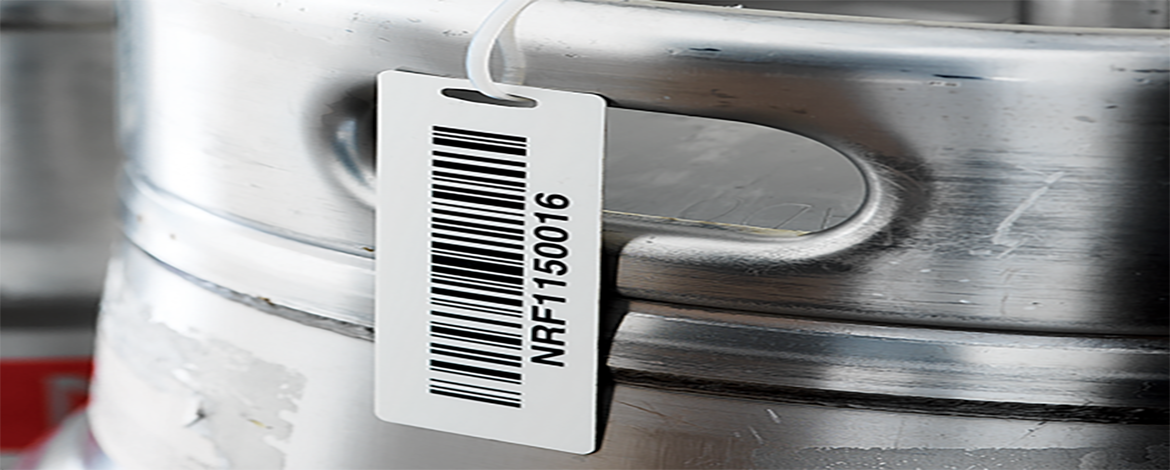
What is an Asset Tag and What Does Asset Tagging Really Mean?
What is an asset tag and why is it important? We break it down and explain and help you choose the right solution for your application.
Unlock Efficiency and Savings: the Ultimate Guide to IT Asset Tracking
This resource answers many questions about IT asset tracking and provides real-world customer success stories about their IT asset tracking applications.
Download Now
Case Study
Head Of The Class
Read Case StudyA great partnership stands the test of time. Learn about how Bar|Scan, Inc. partnered with Metalcraft to provide Wake County Public School District with an asset tracking solution.

What are plastic asset tags?
Plastic labels are identification labels that can be attached to both movable and fixed assets. They are designed to last the entire life of the item so the asset can be identified, and its availability, usage or life span can be easily tracked. Polymer tags or plastic labels come in a variety of sizes and designs to fit your application. Different adhesives, branding elements and materials are used to create custom asset tags for barcode labeling.
What are barcode labels?
There are two main types of barcodes: linear barcodes and 2D barcodes (such as DataMatrix or QR codes). Linear barcodes hold one piece of information-- normally a number that is used to identify, tag or track a product or asset. Linear, or traditional barcodes, can help businesses or retailers associate price, inventory levels and product returns using barcode labeling. 2D barcodes are designed to hold significantly more data than standard barcode stickers. 2D barcodes can include multiple pieces of data including the price and quantity but also extra identify information like photos or links to websites for additional information. To understand how to select a symbology for a linear barcode, read more.
What is subsurface printing?
Subsurface printing is a unique process that protects the plastic barcode label from chemicals, cleaning, abrasion and temperatures by reverse printing on the underside of the materials. That allows the image to be “right-read” once applied to the mounting surface. Subsurface printing doesn’t require a laminate, eliminating costs and the potential for plastic label delamination that comes with surface printing.
Can you get special colors on labels?
Metalcraft offers PMS and non-standard color options on our plastic/polyester labels at no additional charge!
How do I select the right barcode?
Selecting the right barcode involves considering several factors, including type of information you need to encode, the environment in which the barcode will be used and compatibility with existing systems. Understanding your requirements when selecting the right type of barcode includes determining what type of information you need to encode, i.e., alphanumeric characters, numbers, special symbols, as well as determining whether you need a 1D (one-dimensional) or 2D (two-dimensional) barcode.
Environmental factors can affect the type of material used when selecting the right barcode. If you plan to use the barcode outdoors in extreme temperatures, consider our Metal Barcode Nameplates or Foil Barcode Labels. These are made of aluminum. This material is durable and suitable for hot or cold weather conditions. Plastic barcode labels are conducive to a more mild environment.
Lastly, when selecting the right barcode check to see if there are any specific barcode standards or symbologies required by your industry or partners. For more information or to get a quote, please contact us at 800-437-5283 or [email protected].
What makes up a barcode?
A barcode is a machine-readable representation of data in visual form. It consists of a series of parallel lines, spaces, or dots of varying widths and spacings. Each of these elements encodes information in a specific format. A barcode consists of start and stop characters for orientation, quiet zones for separation, and the encoded data itself in the form of bars, spaces or dots.
The arrangement of these elements follows a specific pattern dictated by the chose barcode symbology. When scanned a barcode reader decodes this pattern into the original information, which can be anything from product numbers to URLs or other data depending on the application.

